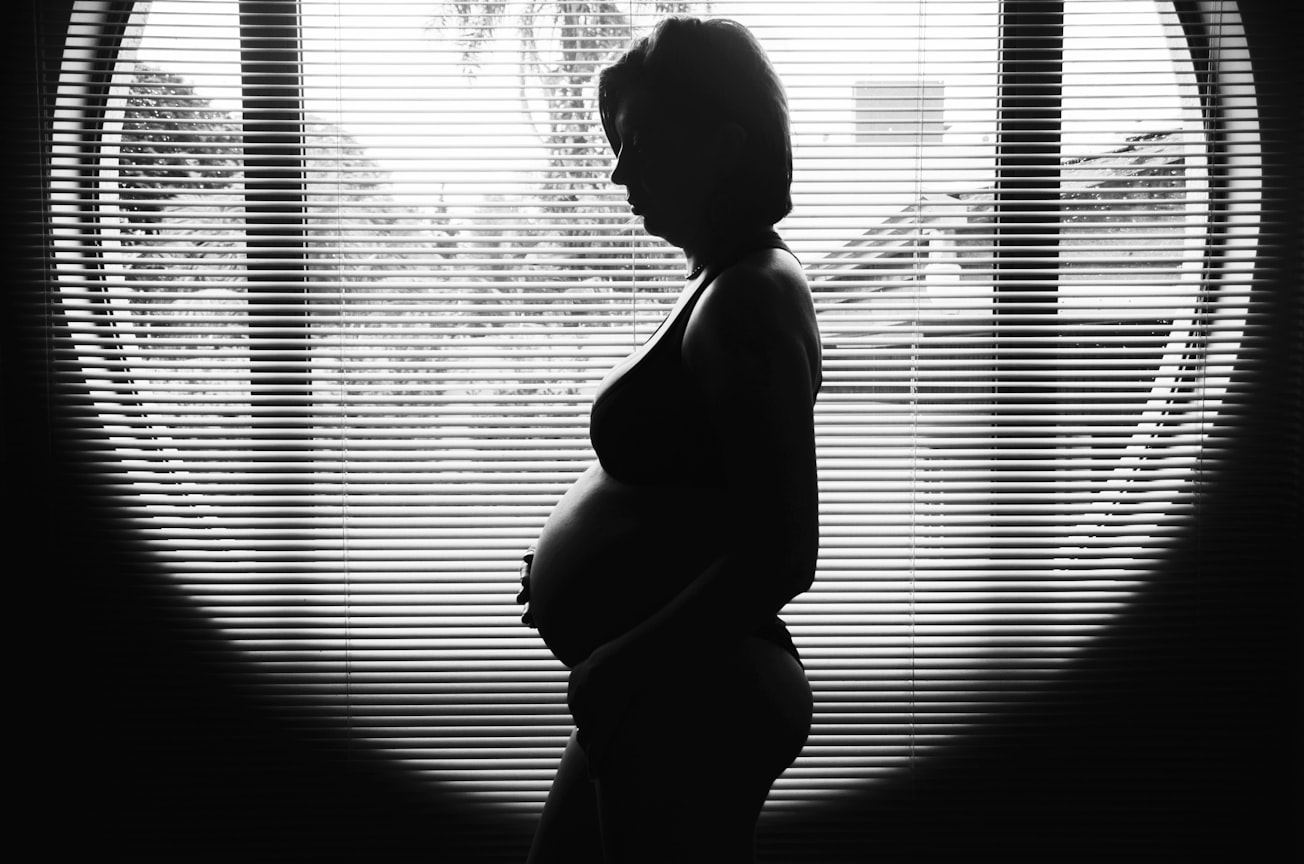What is it about?
Femoral venous catheterization is a common procedure in critical care patients. Pregnant women and those in the postpartum period are at risk of various complications which may necessitate central venous catheterization such as shock, acute kidney injury and thrombotic microangiopathic syndromes requiring hemodialysis and plasma exchange. Femoral vein catheters may sometimes be needed while those women may have underlying pelvic congestion and varicosities. Here we present a 24-year-old female patient, who developed hemoperitoneum due to an erroneously introduced femoral vein catheter into a broad ligament varicose vein causing evident ovarian injury.
Featured Image

Photo by Camila Cordeiro on Unsplash
Why is it important?
Puncturing of broad ligament varicosities causing hemoperitonium in peri-partum women has not been previously reported as a complication of femoral venous catheterization. This indicates that femoral catheterization in pregnant and peri-partum women should be cautiously done and that development of acute abdominal issues, following insertion of femoral venous catheter should raise clinical suspicion and warrant evaluation of catheter misplacement.
Perspectives
I hope this article raises the awareness that femoral catheterization especially in pregnant and peri-partum women should be cautiously carried out, better with the aid of imaging to avoid injury of congested pelvic vessels. Using better diagnostic tools as radiologic imaging can help to avoid many catheter complications and unnecessary surgical interventions.
Rasha Shemies
Read the Original
This page is a summary of: Erroneous introduction of femoral venous catheter into a broad ligament varicose vein causing hemoperitoneum in a woman with postpartum thrombotic microangiopathy, Seminars in Dialysis, June 2020, Wiley,
DOI: 10.1111/sdi.12897.
You can read the full text:
Contributors
The following have contributed to this page







